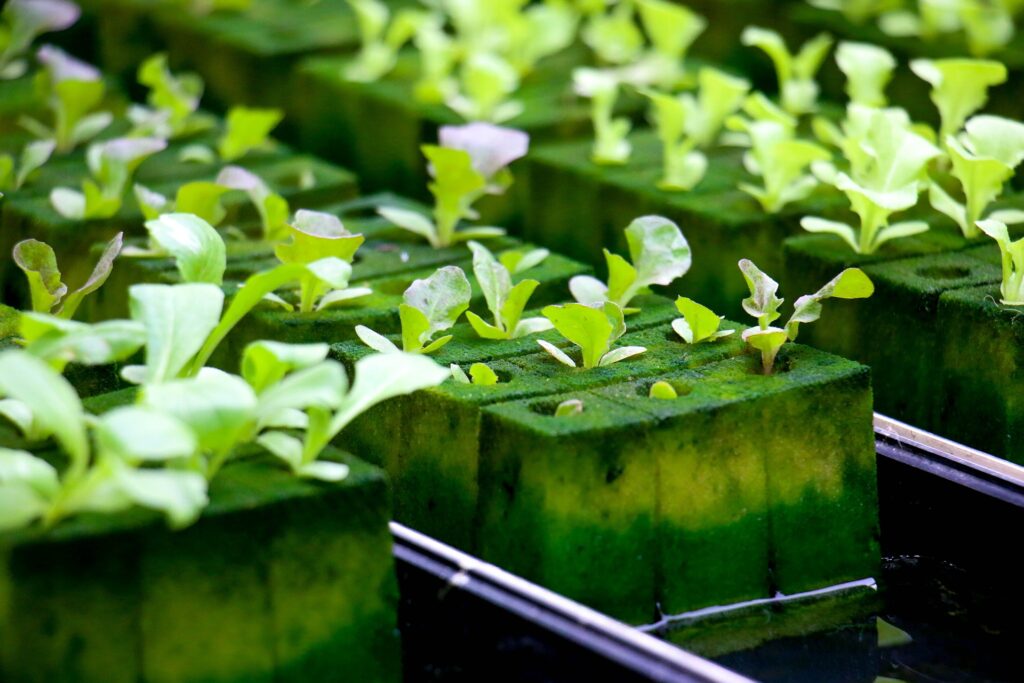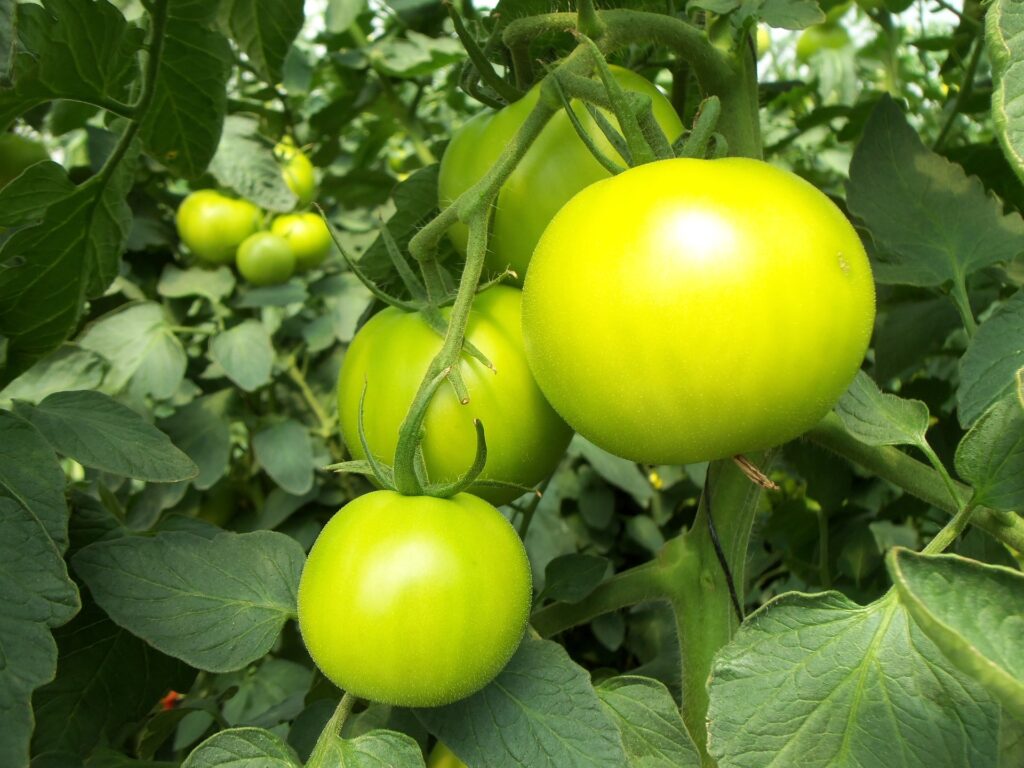
Hydroponic farming system of vegetation uses liquid nutrient solution. Water based minerals are fed to nourish plant growth. By adjusting the quantity of nutrients, sunlight and water plants flourishes more as compared to traditional ways. Typically an inert medium or substrate is used along with air pumps, air stones and wool. Recently a majority of commercial hydroponic systems are used because of its higher yield value. Even though the system is extremely mechanized but proper supervision is necessary to get ideal production.
Traditional farming involves the ploughing of soil prior to plantation which is very time consuming. While in hydroponic farming, ploughing is eliminated from the whole equation which makes it quite easier and stress free.
What are hydroponics techniques?
There are various techniques that are used, but the principal of hydroponics system are essentially the same for every system.
Hydroponic systems are generally categorized as water based or medium based systems.
Water setup does not require an inert medium to support the roots, only needs the liquid nutrient solution. Whereas medium based setup needs a solid substrate, such as rock wool, moss, to strengthen the plant root structure.
Both setups can be open or closed. Incase of open setup liquid solution flows through the roots just once and the rest goes to waste. In closed setup the extra liquid nutrient solution is recycled and sent back to the system roots.
Revitalizing the liquid nutrient solution:
For open setup the water solution is used only once and discarded. In close setup water solution after once used is examined for ph and minerals, then refreshed, and returned to reservoir tank.
Neutering hydroponic medium:
Inert medium based hydroponic systems are inclined to pathogens attack so it is advised to sterilize the setup between each yield. It can either be done by steam sterilization or by chemical sterilization (using bleach).
Pest and disease control:
Integrated pest management (IPM) is the most eco friendly method for both commercial hydroponic systems and complete indoor hydroponic systems. It requires frequent checking and uses a range of managing techniques that varies from plant to plant. Certain thresholds are also set to identify pests and other factors.

What are 5 specific examples of plants that can grow in hydroponic systems?
Tomatoes
Tomatoes are one of the most highly grown vegetable hydroponically, whether you grow cherry or traditional ones both commercial and home grown produce yields best results. It takes about 6- weeks to harvest. Tomatoes require more light but it can easily be grown indoor (using grow light).
Lettuce
Lettuce is among the fastest and relatively easy growing hydroponic plants. It has a big market value as it is used in making fresh salad to a 5 star meal. Ideal ph required is 6-7 . It takes approximately 4 weeks to harvest.
Strawberries
Among fruits strawberries are the most sought after because of its countless use in recipes. You can enjoy fresh strawberries all-round the year hydroponically from comfort of your home. They take about 6 weeks to harvest.
Mint
Hydroponic farming is famous for its best growth results in all species of mint. Their roots spread rater quickly, and have overall faster growth time.
Beans
Growing beans is generally considered easy and requires low maintenance. It has a steady market demand and can be easy grown using hydroponic system. Ideal temperature requirement is warm with ph 6.5. It takes about 8 weeks to harvest.
If you want to read more about Hydroponics click here.
https://smartgardeninghub.com/thriving-in-water-the-world-of-hydroponics/
